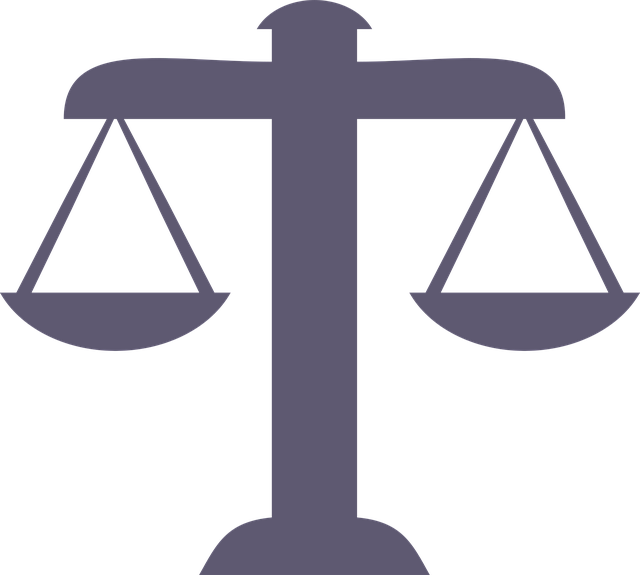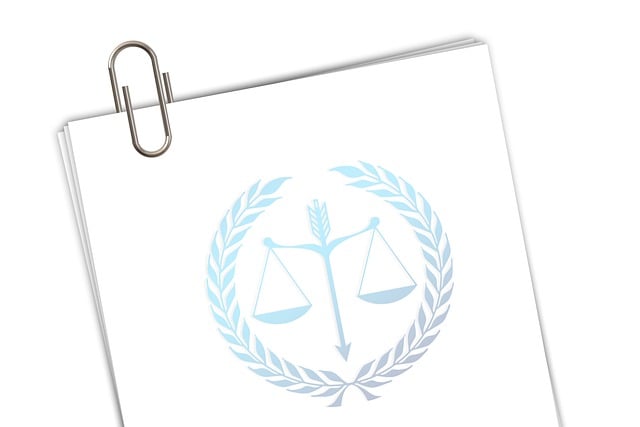Securities class actions empower investors to collectively sue for fraud or misconduct in the securities market. Distinguishing between libel (written falsehoods) and slander (verbal falsehoods) is critical, as both require proof of malicious intent and actual damage. While libel is easier for plaintiffs to prove due to written evidence, slander defenses can focus on the veracity of spoken words. Effective legal strategies in these high-stakes cases balance criminal defense with client goals to avoid indictment and protect reputations.
Securities class actions are a powerful tool for investors seeking justice, but navigating this legal landscape can be complex. This comprehensive guide explores the intricacies of securities class actions, focusing on key distinctions between libel and slander in the context of these lawsuits. We delve into the impacts on plaintiffs and defendants, revealing crucial differences that shape strategies for effective representation. By understanding these complexities, investors and professionals alike can better navigate the legal process.
- Understanding Securities Class Actions: A Comprehensive Overview
- The Distinguishable Elements: Libel vs Slander in Legal Context
- Key Differences: Impact on Plaintiffs and Defendants
- Navigating the Complexities: Strategies for Effective Representation
Understanding Securities Class Actions: A Comprehensive Overview

Securities Class Actions offer a unique legal framework where investors unitedly pursue claims against entities that have allegedly committed fraud or misconduct in the securities market. Unlike individual lawsuits, class actions aggregate numerous plaintiffs, providing economies of scale and enhancing the impact of legal action. This collective approach not only facilitates efficient dispute resolution but also serves as a powerful deterrent for potential wrongdoers.
Understanding the distinction between libel and slander is crucial within this context. While both relate to the dissemination of false statements, securities class actions focus on misleading or fraudulent statements made with intent to deceive investors, leading to substantial financial losses. Unlike defamation cases, where damages may be awarded for harm to reputation, securities litigation aims for compensatory, punitive, and injunctive relief, emphasizing restoration of fair market practices and avoiding indictment during the investigative and enforcement process. A successful outcome can result in complete dismissal of all charges against the defendant.
The Distinguishable Elements: Libel vs Slander in Legal Context

In the realm of securities class actions, understanding the difference between libel and slander is paramount, as both concepts carry significant legal weight and can impact outcomes in high-stakes cases. These distinct forms of defamation play a crucial role in shaping public perception, especially within the philanthropic and political communities, where reputational damage can have profound consequences.
While libel refers to the publication of false statements that harm an individual’s reputation, slander involves verbal communication of these falsehoods. In legal terms, the key distinction lies in the medium: written (libel) versus spoken (slander). Despite this difference, both are subject to strict legal scrutiny, often leading to complete dismissal of all charges if the accuser fails to prove malicious intent and actual damage.
Key Differences: Impact on Plaintiffs and Defendants

When it comes to securities class actions, understanding the key differences between libel and slander is crucial for both plaintiffs and defendants. Libel and slander are often confused but have distinct legal implications. Libel refers to the publication of false statements that harm an individual’s reputation, while slander involves oral statements that cause damage to someone’s reputation. In the context of securities litigation, these differences play a significant role in shaping strategies for both sides.
For plaintiffs seeking justice, distinguishing between libel and slander is essential for winning challenging defense verdicts. Accusations of false statements in writing (libel) carry stronger weight and are easier to prove than oral assertions (slander). This difference can greatly impact the burden of proof and the overall outcome. For defendants, especially corporate and individual clients facing securities class actions, understanding these nuances helps in crafting effective defenses. By focusing on the nature of the statement—whether written or spoken—legal teams can navigate complex cases and potentially avoid indictment by emphasizing the veracity of their communications.
Navigating the Complexities: Strategies for Effective Representation

Navigating complex securities class action lawsuits requires a strategic approach to ensure effective representation. One key aspect is understanding the nuances between different legal claims. For instance, distinguishing between libel and slander is vital. While both involve false statements, libel pertains to written or published materials, whereas slander refers to spoken words. This knowledge helps in crafting robust defenses tailored to each case.
Furthermore, a successful strategy should consider the diverse needs of corporate and individual clients involved. Effective representation involves tailoring legal approaches to balance general criminal defense mechanisms with the specific goals of different stakeholders. By carefully navigating these complexities, attorneys can provide robust advocacy for both corporate entities and individuals facing securities-related lawsuits, aiming to avoid indictment and protect their interests.
Securities class actions are complex legal battles that require a deep understanding of both securities law and procedural nuances. By distinguishing between libel and slander, attorneys can navigate the complexities more effectively, ensuring fair representation for all parties involved. The key differences in impact on plaintiffs and defendants highlight the need for strategic approaches to mitigate risks and maximize outcomes. Understanding these dynamics is crucial for achieving successful resolutions in class action litigation.






